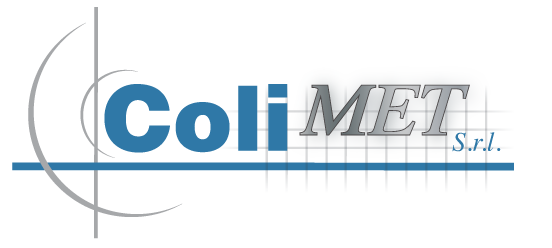The Zinc wires available on the market for the metallization by spraying exhibit different degrees of purity, depending on the manufacturer.
The wire Zinc marketed by Colimet s.r.l.. It is produced by Vertic Zinc Wire Oy, using only Zinc "Special High Grade", that is, with a degree of purity > 99,995 %. In the remaining 0,005 % the presence of Cd and Pb (polluting metals and hazardous to human health and the environment) does not exceed, as a whole, the 0,0016 %.
Wire of other manufacturers have a purity 99,99 % and the presence of other metals (in particular Cd and Pb) is the 0,01 % that is, equal to twice.
These percentages, albeit infinitesimal, They may have some negative impact from the environmental point, but certainly more practical effects in the operational aspect.
In particular:
- The Zn has a melting temperature of 419.16 ° C, higher Cd (320,9°C) e Pb (327,4°C); this implies that these two metals melt before Zn, and then are sprayed onto the surface to be metallized a few microseconds before the Zn, causing, if present in high percentages in the chemical composition of the wire, micro imperfections in the sprayed coating thickness and the presence of the microparticles to be filtered nell'aeriforme.
- Also, Zn has resistivity, ie tendency to oppose the passage of electric current, pari a 6,00 x 10-8 Wm, lower than that of Cd (6,90 x 10-8 Wm) e Pb (20,60 x 10-8 Wm), therefore the majority presence of these two metals in the wires to be sprayed may cause micro discontinuity in the electric current needed to strike the electric arc.
- Even the mechanical resistance to traction of the three metals is substantially different: for Zn equals 140 N/mm2 (HB durezza 35), for Cd 100 N/mm2 (HB durezza 18) and the Pb is 18 N/mm2 (HB durezza 4).
From the above, it appears evident that the use of Zn wire with greater purity brings benefits to the environment and ensures a greater quality of the coating and the finish machining.
